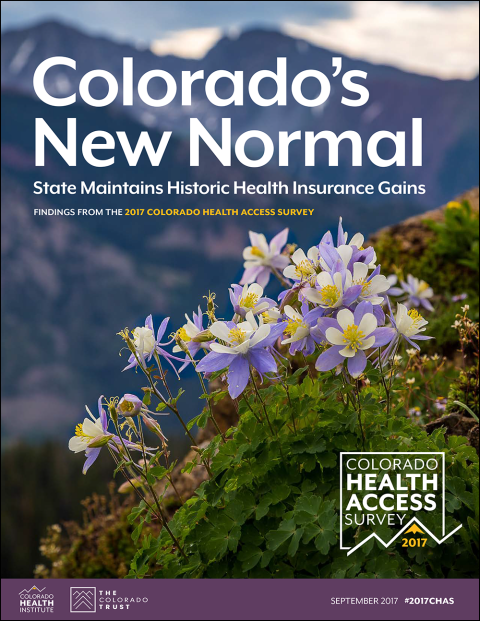Top Ten Takeaways from the 2017 CHAS
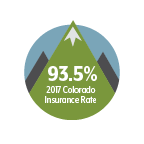 1. Historic Gains Maintained
1. Historic Gains Maintained
Colorado has retained its historic level of health insurance coverage despite political uncertainty in the marketplace and rising insurance premiums. The 2017 insurance rate is 93.5 percent, essentially unchanged from 2015. The uninsurance rate is 6.5 percent, also basically unchanged.
 2. Five Million Strong
2. Five Million Strong
More than five million Coloradans now have health insurance -— 5,040,164 to be exact — the first time Colorado has topped the five million mark.
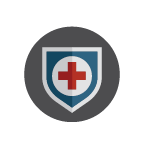 3. Pre-ACA and Post-ACA: 600,000 Additional Insured
3. Pre-ACA and Post-ACA: 600,000 Additional Insured
Almost 600,000 more Coloradans have health insurance in 2017 than in 2013, just before the launch of the Affordable Care Act. This is about the combined populations of Colorado Springs and Fort Collins.
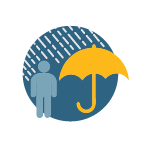 4. Once Vulnerable, Still Vulnerable
4. Once Vulnerable, Still Vulnerable
About 350,000 Coloradans still do not have health insurance. These final uninsured are among the state’s most vulnerable and hardest to reach. CHI estimates that as many as 25 percent don’t have documentation, making them ineligible for most public insurance and unable to use the marketplace. About 61,000 are under the poverty line, nearly 50,000 don’t have a high school diploma, and about 115,000 are Hispanic. (Note: These categories overlap.)
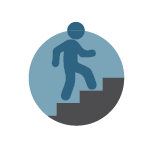 5. Steps in the Right Direction
5. Steps in the Right Direction
The uninsured rate among Hispanics is 10.4 percent, nearly double the 5.4 percent uninsured rate of non-Hispanic white Coloradans. But the good news is that the Hispanic uninsured rate has dropped by more than half since 2011, before the ACA, when it stood at 26.3 percent.
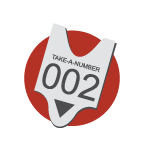 6. A Stabilizing Health System
6. A Stabilizing Health System
Colorado’s health care system appears to be successfully absorbing the influx of newly insured. A new CHAS question for 2017 finds that the median wait time is two days for a doctor’s appointment and nine days for a specialist appointment. Those appear to be below wait times in other parts of the nation. And the rate of people who said they couldn’t see a doctor as soon as they needed fell to 15.7 percent after spiking to 18.7 percent in 2015.
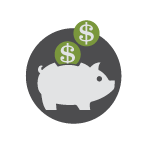 7. Affordable: Not Yet
7. Affordable: Not Yet
The Affordable part of the Affordable Care Act is still elusive in Colorado. The high cost of insurance continues to be the No. 1 reason for not having health insurance, with 78.4 percent of the uninsured citing it as the reason. And 10.1 percent of Coloradans say they didn’t get needed doctor care because it was too expensive, the same rate as 2015. A bright spot is dental care: 15.8 percent say they skipped it because it cost too much, down from 22.9 percent in 2011, before the ACA.
 8. Medicaid: A Positive Check-Up
8. Medicaid: A Positive Check-Up
Hundreds of thousands of Coloradans gained insurance under the ACA’s expanded Medicaid eligibility between the 2013 CHAS and the 2017 CHAS. And a quick check-up finds that many of these new Medicaid clients are doing well. Nine of 10 are happy with the range of services covered, trailing only Medicare. Eight of 10 are happy with their choice of doctors, a better rate than those with individual coverage but trailing employer-sponsored insurance and Medicare. Finally, 81.0 percent of Medicaid clients say their family’s needs are being met by the health care system, higher than any insurance type, including employer-sponsored insurance.
 9. Dazed and Confused
9. Dazed and Confused
Even with plenty of outreach efforts around enrollment, one of seven uninsured Coloradans says they don’t know how to get insurance, a rate that has remained unchanged from 2015. And the use of preventive care has remained steady at 62.4 percent, even though many preventive services are now covered as essential health benefits with no cost-sharing.
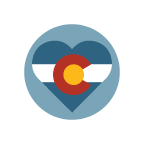 10. Healthy-ish
10. Healthy-ish
Coloradans tell CHAS they think they’re pretty healthy: about one third (32.7 percent) list their health as excellent and another 29.8 percent say it’s very good. But these assessments have changed little over the past five surveys, even with the big jump in health insurance, leaving room for improvement. Meanwhile, 88.2 percent of Coloradans say their mental health is good (fewer than eight days of poor mental health in the past month). For oral health, it’s 83.8 percent when excellent, very good and good are combined.
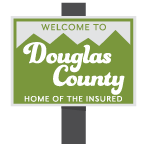 Bonus Takeaway: Congratulations, Douglas County
Bonus Takeaway: Congratulations, Douglas County
Douglas County, with its confluence of high income and high employment, climbed to an astonishing health insurance coverage rate of 98.6 percent. That leaves just 1.4 percent of its population — about 4,500 residents — without health insurance.


